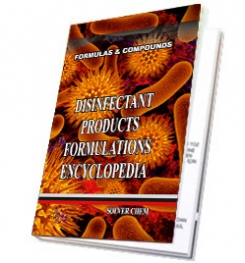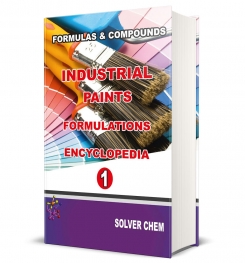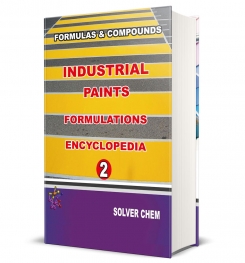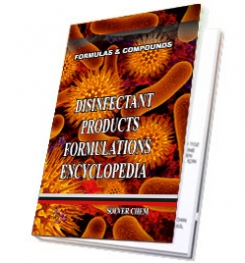These include iodophors, sodium hypochlorite (5.25%, diluted 1:10), 7.5% hydrogen peroxide, chlorine dioxide, and dual or synergized quaternaries. The disinfectant must have a tuberculocidal claim (and will provide a TB kill time on the labelling). The required exposure time for a disinfectant is an important element in its selection for disinfecting impressions. The impression is soaked by either spraying or immersing the impression material. Both techniques have been found to be effective in controlling bacterial contamination and preventing cross-contamination.
Immersing a given impression material in disinfecting solutions and other fluids for too long a period risks dimensional and surface changes – and, therefore, inaccuracies in dies and models. Studies have assessed immersion and the use of a number of disinfectant solutions and their effects on the impression. In comparing each category of elastomeric material, it was found in one study that there were no statistically significant differences after immersion for up to 20 minutes with either 0.5% sodium hypochlorite or 2% glutaraldehyde.
Another study compared the effect of 3.4% glutaraldehyde (Cidex Plus), 17.2% isopropanol (Cavicide) and 7.5% hydrogen peroxide (Sporox) on polyether, addition reaction silicone and condensation reaction silicone impressions.
The dimensions of the medium-body condensation reaction silicone (Xantopren) impression were statistically similar before and after immersion with 3.4% glutaraldehyde only. Use of the other disinfectants resulted in significant dimensional changes for this impression material and all three disinfectants affected the light-body condensation reaction silicone. Conversely, no statistically significant differences were found for the tested VPS materials following immersion in any of the disinfectants tested. For the polyether (Impregum), only 7.5% hydrogen peroxide resulted in no statistically significant dimensional changes.
its high environmental toxicity makes desirable to search for alternatives. We compare the antimicrobial activity of 2% glutaraldehyde with 0.44% N-duopropenide (NDP), 0.66% NDP in 48 degrees alcoholic solution (NDP-alc), 0.13% glutaraldehyde-phenate, 1% or 3% persulphate (Virkon) and 0.1% or 0.5% chlorhexidine, using a model that mimics non-regular surface instruments contaminated with microbial strains (44 bacteria, 6 of which were Mycobacterium).
The contaminated carrier is soaked in the disinfectant solution. After 5 or 20 minutes contact the disinfectant is neutralized. The overall results on all microorganisms in 20 minutes, show similar antibacterial activity for 2% glutaraldehyde and 0.66% NDP-alc, followed by 0.44% NDP and after by the two concentrations of Virkon and 0.5% chlorhexidine. The 0.13% glutaraldehyde-phenate and 0.1% chlorhexidine exhibited significantly less effect than any other disinfectant. 0.66% NDP-alc was faster antimicrobial activity than 2% glutaraldehyde, destroying totally the inoculum in 5 minutes.
Activity on Mycobacterium showed great differences between 2% glutaraldehyde and the rest of products (> 5 log versus < 3 log reduction in 20 minutes), with an exception: NDP-alc, with similar and faster activity (> 5 log in 5 minutes) than 2% glutaraldehyde. With human blood, the survival microorganisms increase 0.3 log (average) in all the disinfectants used. The aggressiveness on metallic devices was greater in Virkon than in the other disinfectants. We conclude that NDP (alone or in alcoholic solution) may be a good alternative to glutaraldehyde in hospital instruments disinfection.
FORMULATIONS
AND
PRODUCTION PROCESS

|
|

|
|

|
|

